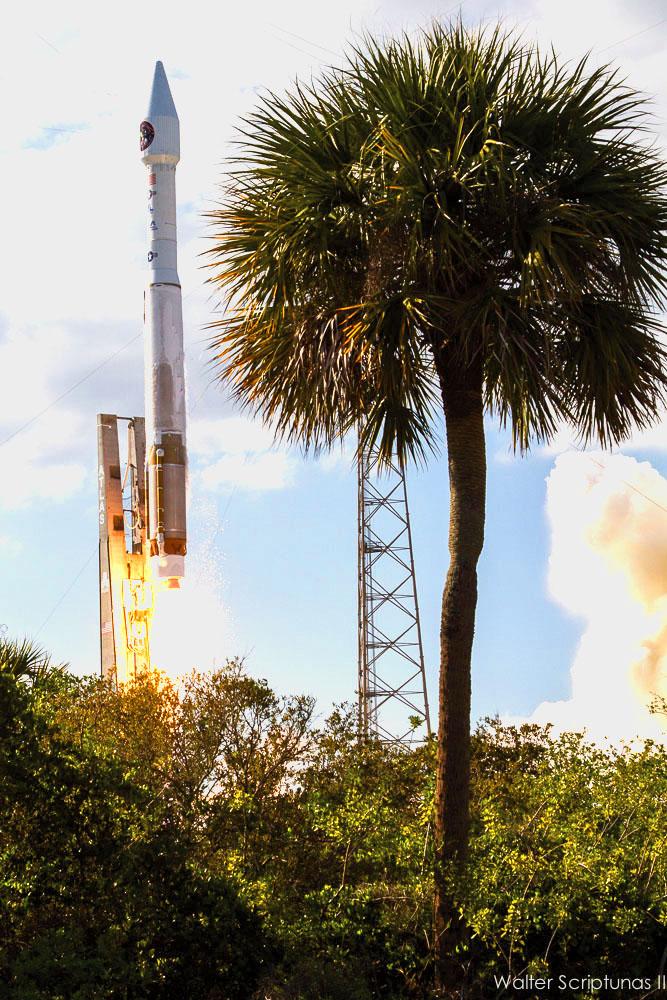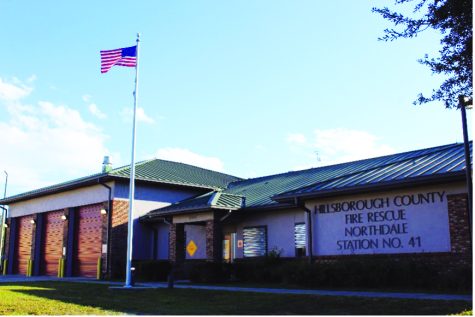Early missile warning satellite launches from Cape Canaveral
An Atlas V rocket launched March 19 carrying the second Space Based Infrared System (SBIRS) satellite into geosynchronous orbit. Liftoff occurred at 5:21 p.m. EDT from Launch Complex 41 at Cape Canaveral Air Force Station and a minute later, the vehicle was supersonic. This was the fourth Atlas V launch this year, two from Cape Canaveral and the other carrying a NASA Landsat from Vandenberg AFB in California.
Over the course of nine days, the primary contractor, Lockheed Martin, will further position the satellite into the proper orbit. Once there, it will be used to detect enemy missile launches and send the information to forward air controllers on the battlefield.
Missile warning satellites came about in 1970 in the form of the Defense Support Program (DSP), when the Cold War was at its height. However, there were some reports that some missile warning satellites were launched from Cape Canaveral as early as 1968.
It was later revealed that some of these launches were actually communications intelligence (COMINT) satellites disguised as missile warning satellites. These COMINT satellites were under the classified code name Canyon and were launched from 1968 to 1977. The DSP early warning satellite had its most recent and final launch in 2007.
The Atlas V comes from a long lineage of the Atlas family, going back as far as 1957. The Atlas was originally designed by Convair as an Inter-Continental Ballistic Missile, capable of launching a nuclear payload from the U.S. to the Soviet Union in approximately 30 minutes. The Atlas was later modified to launch the Mercury spacecraft during the early 1960’s, most notably John Glenn when he became the first American to orbit the Earth in 1962. The Atlas later gained a bevy of upper stages to launch various payloads to places ranging from low Earth orbit to the far reaches of the Solar System.
The new SBIRS satellites are designed to replace DSP. Originally, 25 DSP satellites were to be launched, but the last two were deemed unnecessary because of SBIRS becoming operational. While the first SBIRS satellite was a major improvement over the DSP satellites, SBIRS came nine years late at a cost of $3 billion dollars. But as the satellite goes further into production, the cost is expected to decrease.
As budgets are slashed in Washington D.C., the US Air Force is looking to save money in the midst of large-scale satellites featuring complex technology in their designs using complicated software.
Future satellites could incorporate smaller designs with simpler software to save money, as well as being launched on commercial rockets to save money. With the Space Shuttle now retired, the American launch vehicle arsenal is slim; the only rockets large enough to support the USAF’s needs are the Atlas V, the Delta IV, and SpaceX’s Falcon 9. Both the Atlas V and Delta IV have served both the USAF and NASA for the past 10 years, while the Falcon 9 has been used for the past three.







